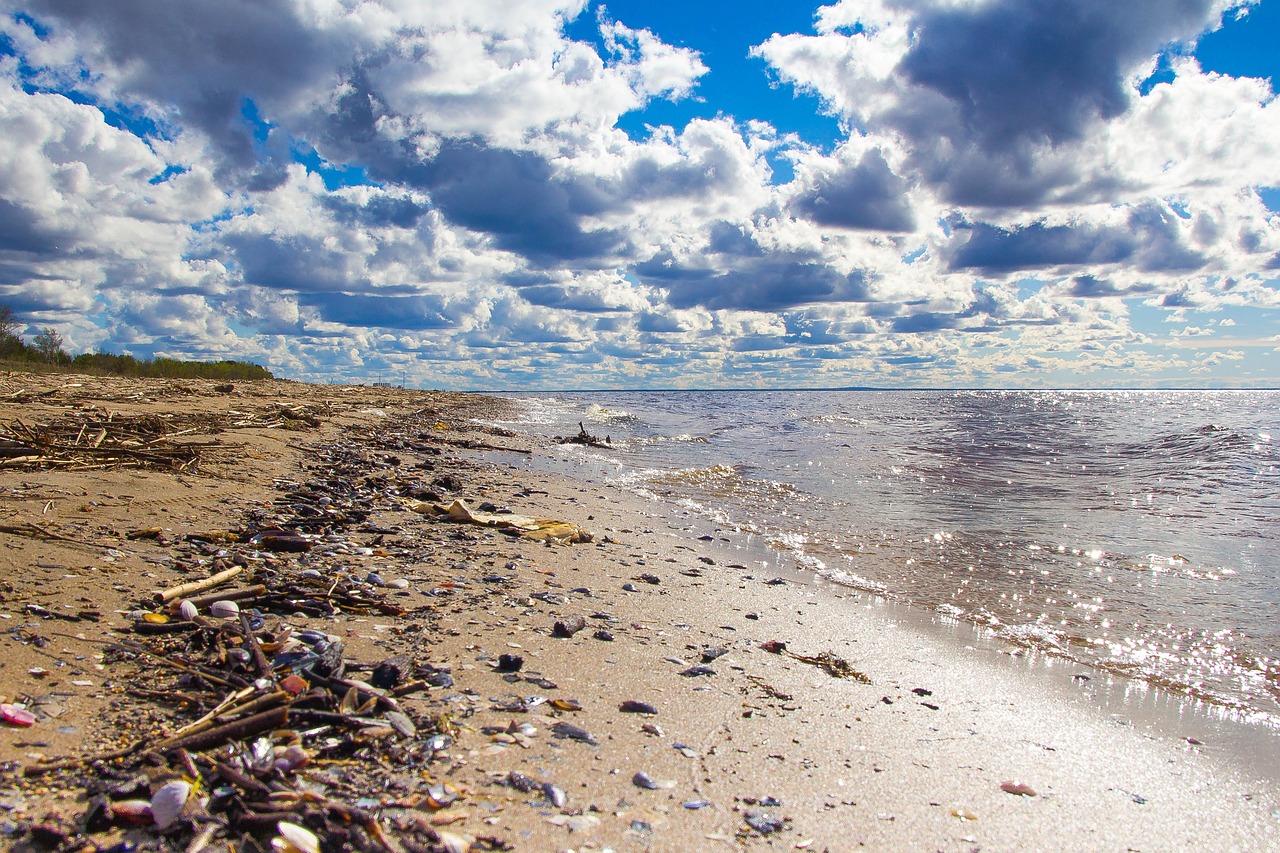
Vocabulary:
I will read the words, meanings, and sample sentences. Then, repeat after me.
- habitat /HAB-i-tat /
- mollusk /MOL-uhsk/
- aid /eyd/
- debris /duh-BREE/
- collaborate /kuh-LAB-uh-reyt/
[noun] – the natural environment in which an animal or plant usually lives
A lot of wildlife is losing its natural habitat as a result of so many areas of forest being cut down.
[noun] – any animal that has a soft body, no spine, and is often covered with a shell. Many mollusks live in water
Mollusks are the second most diverse group of plants and animals in the world.
[verb] – to help
She went to aid the man trapped in his car.
[noun] – broken or torn pieces of something larger
She was hit by flying debris from the blast.
[verb] – to work with someone else for a special purpose
They collaborated on the script for the film.
Article reading:
Please read the whole article. Then, I will check your pronunciation and intonation.
Many of the creatures are coastal species that live on a strip of land midway between the coasts of California and Hawaii, thousands of miles from their regular habitats. Anemones, tiny marine bugs, mollusks, and crabs were among the plants and creatures identified on 90% of the debris.
Plastic is causing alarm among scientists because it may aid in the transportation of invasive organisms. Plastic pieces larger than 5cm (2in) in diameter were collected from a gyre in the Pacific, which is an area where rotating currents cause floating trash to build. Dr. Linsey Haram, the project’s lead researcher at the Smithsonian Environmental Research Centre, said: “Plastics are more permanent than many of the natural debris that you previously have seen in the open ocean. They’re creating a more permanent habitat in this area.” Dr. Haram collaborated with oceanographers from the University of Hawaii at Manoa and the Ocean Voyages Institute, a charity that collects plastic waste on sailing voyages. There are at least five plastic-infested gyres on the planet. This one is expected to have the most floating plastic, with an estimated 79,000 tonnes in a 610,000-square-mile area (1.6m sq km). “All sorts of stuff ends up out there,” said Dr. Haram. “It’s not an island of plastic, but there’s definitely a large amount of plastic corralled there.”
Microplastic makes up a large portion of this, which is difficult to perceive with the human eye. Larger things, such as abandoned fishing nets, buoys, and even vessels that have been floating in the gyre since the 2011 Japanese tsunami, are also present.
Plastic is causing alarm among scientists because it may aid in the transportation of invasive organisms. Plastic pieces larger than 5cm (2in) in diameter were collected from a gyre in the Pacific, which is an area where rotating currents cause floating trash to build. Dr. Linsey Haram, the project’s lead researcher at the Smithsonian Environmental Research Centre, said: “Plastics are more permanent than many of the natural debris that you previously have seen in the open ocean. They’re creating a more permanent habitat in this area.” Dr. Haram collaborated with oceanographers from the University of Hawaii at Manoa and the Ocean Voyages Institute, a charity that collects plastic waste on sailing voyages. There are at least five plastic-infested gyres on the planet. This one is expected to have the most floating plastic, with an estimated 79,000 tonnes in a 610,000-square-mile area (1.6m sq km). “All sorts of stuff ends up out there,” said Dr. Haram. “It’s not an island of plastic, but there’s definitely a large amount of plastic corralled there.”
Microplastic makes up a large portion of this, which is difficult to perceive with the human eye. Larger things, such as abandoned fishing nets, buoys, and even vessels that have been floating in the gyre since the 2011 Japanese tsunami, are also present.
Discussion Questions:
I will read each question. Then, please answer them.
- What are some coastal species do you know about? Could you tell me more about them?
- For what do you use plastic at home? Please explain your answer.
- What would you do to lessen the amount of plastic in the ocean?
- Do you agree that plastics are more permanent than many of the natural debris that you previously have seen in the open ocean?
- What do you think of Ocean Voyages Institute? Please explain your answer.
Summarization
Please summarize the whole article using your own words and expressions. You will have one minute to prepare before you answer.
Describe:
Please explain the definition of each word listed below based on your understanding. You can provide example sentences if needed.
- creature
- alarm
- transportation
- organism
- vessel